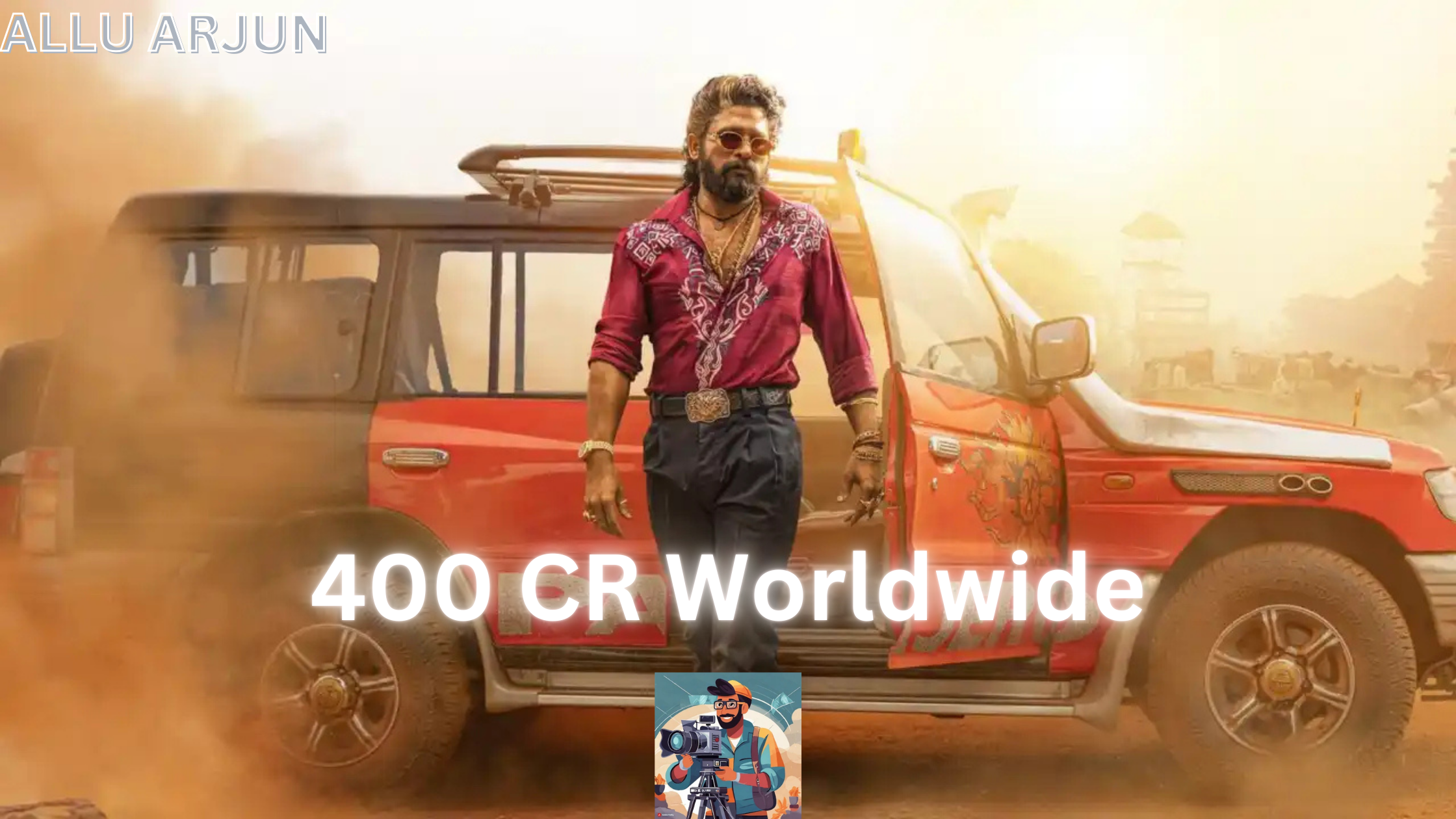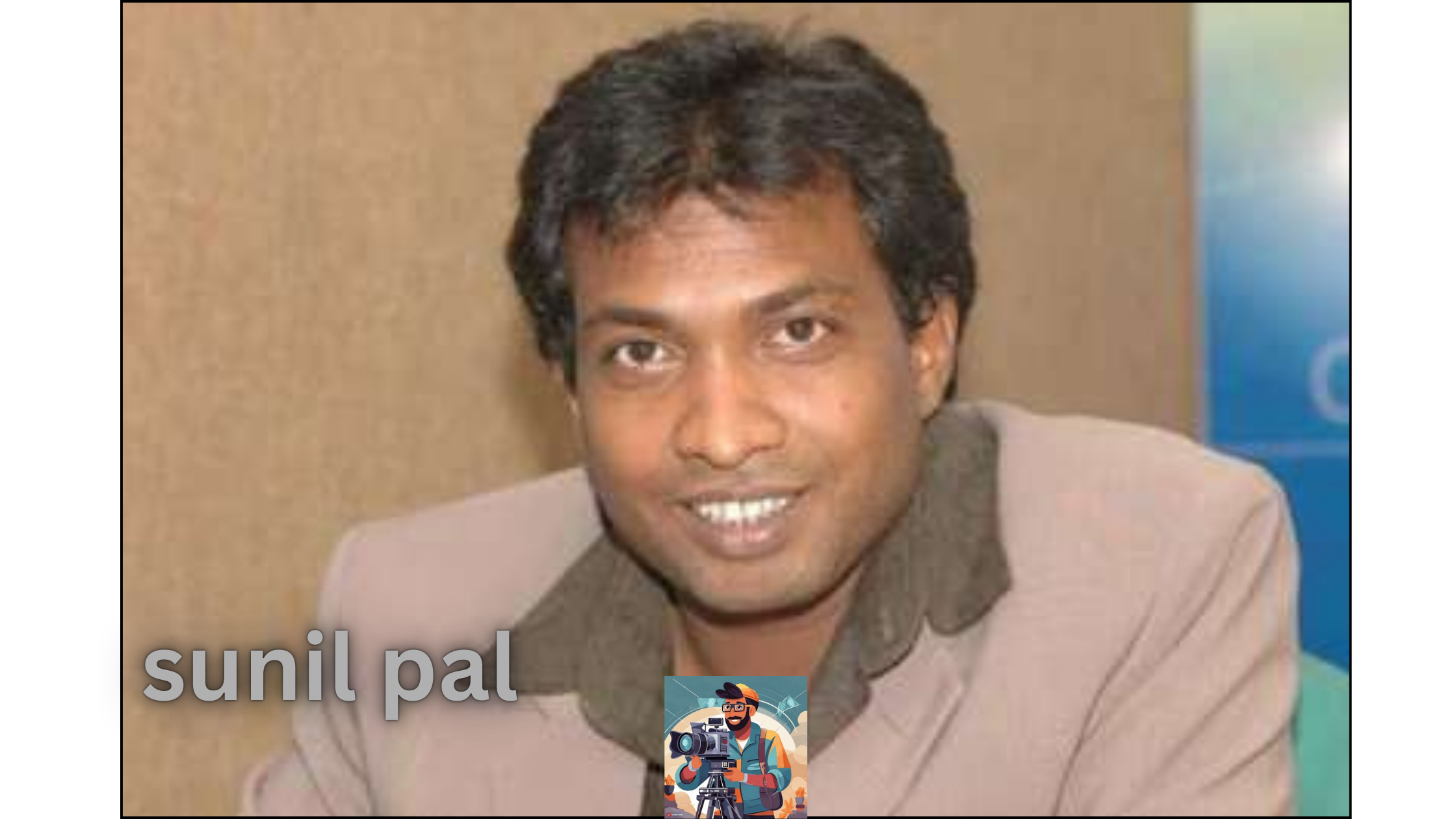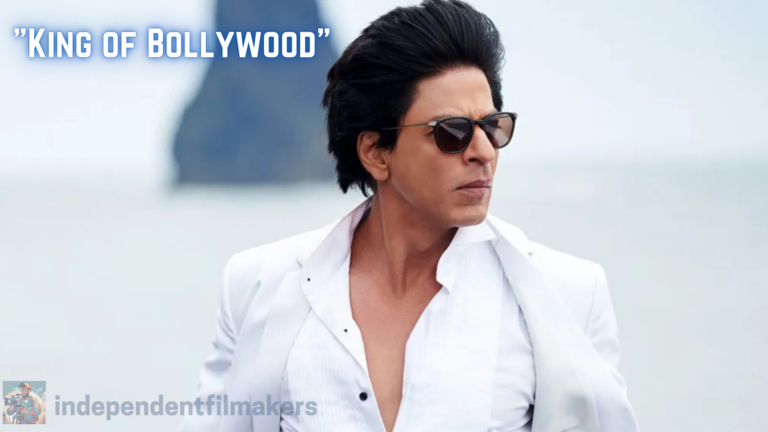Understanding Camera Angles
Camera angles are pivotal in shaping the viewer’s perspective and emotional response to a scene. Here are some fundamental angles every cinematographer should master:
- Eye-Level Shot
An eye-level shot positions the camera at the subject’s eye level, creating a sense of equality and neutrality. This angle is commonly used for straightforward storytelling, where the director wants the audience to connect directly with the character. - High Angle
A high-angle shot looks down on the subject from above, often making them appear vulnerable or insignificant. This technique is useful for conveying a character’s weakness or creating a sense of foreboding. - Low Angle
In contrast, a low-angle shot looks up at the subject, making them appear powerful or dominant. It’s a favorite in action films and scenes where the director wants to emphasize a character’s strength or authority. - Dutch Angle
A Dutch angle, or tilted shot, involves tilting the camera to create a skewed horizon line. This angle can evoke a sense of unease, disorientation, or tension, often used in horror or psychological thrillers. - Over-the-Shoulder Shot
The over-the-shoulder shot frames the subject from behind another person’s shoulder, often used in dialogue scenes. It helps establish spatial relationships and immerse the audience in the conversation.
Mastering Lighting Setups
Lighting is crucial in setting the mood, tone, and atmosphere of a scene. Understanding the different types of lighting setups is essential for any cinematographer.
- Three-Point Lighting
Three-point lighting is a fundamental technique involving three light sources: the key light, fill light, and back light.
Key Light: The main source of light, positioned to one side of the camera, creating shadows and defining the subject’s features.
Fill Light: A softer light placed opposite the key light to reduce shadows and balance the overall lighting.
Back Light: Placed behind the subject, it adds depth and separates the subject from the background.
- High-Key Lighting
High-key lighting produces bright, even illumination with minimal shadows, often used in comedies and musicals to create a cheerful, vibrant atmosphere. - Low-Key Lighting
Low-key lighting uses a high contrast between light and shadow, creating a dramatic and moody effect. It’s a staple in film noir and horror genres, enhancing the sense of mystery and tension. - Natural Lighting
Natural lighting leverages sunlight to illuminate a scene. While it can create beautiful, realistic imagery, it requires careful planning and timing to achieve the desired effect. - Practical Lighting
Practical lighting incorporates light sources that are visible within the scene, such as lamps, candles, or neon signs. This technique adds realism and depth, making the scene feel more authentic.
Crafting Shot Composition
Shot composition involves arranging visual elements within the frame to convey meaning, guide the viewer’s eye, and create aesthetically pleasing images.
- Rule of Thirds
The rule of thirds divides the frame into nine equal parts using two horizontal and two vertical lines. Placing key elements along these lines or their intersections creates a balanced and engaging composition. - Leading Lines
Leading lines are visual paths that guide the viewer’s eye towards the main subject. Roads, rivers, and architectural elements can serve as leading lines, adding depth and directing attention. - Symmetry and Balance
Symmetry involves creating a mirror-like balance in the frame, often evoking a sense of order and harmony. However, deliberate asymmetry can be used to create dynamic tension and interest. - Depth of Field
Depth of field refers to the range of distance within a shot that appears acceptably sharp. A shallow depth of field isolates the subject from the background, drawing focus, while a deep depth of field keeps the entire scene in focus, useful for landscapes and wide shots. - Framing
Framing involves using elements within the scene, such as doorways, windows, or foliage, to create a “frame within a frame.” This technique adds layers and context, focusing the viewer’s attention on the subject.
Best Practices for Cinematographers
To excel in cinematography, one must blend technical skills with artistic intuition. Here are some best practices to consider:
- Pre-Visualization
Pre-visualization involves planning shots and sequences before filming begins. Storyboards, shot lists, and animatics help visualize the final product and ensure everyone on set shares the same vision. - Continuous Learning
The field of cinematography is ever-evolving. Stay updated with the latest technologies, trends, and techniques through workshops, courses, and industry publications. - Collaboration
Filmmaking is a collaborative effort. Work closely with the director, production designer, and other departments to achieve a cohesive visual style that supports the story. - Experimentation
Don’t be afraid to experiment with different techniques and styles. Some of the most iconic cinematographic moments stem from bold and unconventional choices. - Attention to Detail
Paying attention to every detail, from lighting and framing to camera movement and lens choice, ensures a polished and professional result. Every element within the frame contributes to the storytelling.
Conclusion
Cinematography is a powerful tool in filmmaking, combining artistry and technology to bring stories to life. By mastering camera angles, lighting setups, and shot composition, cinematographers can craft visually stunning and emotionally resonant films. Embrace continuous learning, collaboration, and experimentation to refine your craft and create memorable cinematic experiences.

















